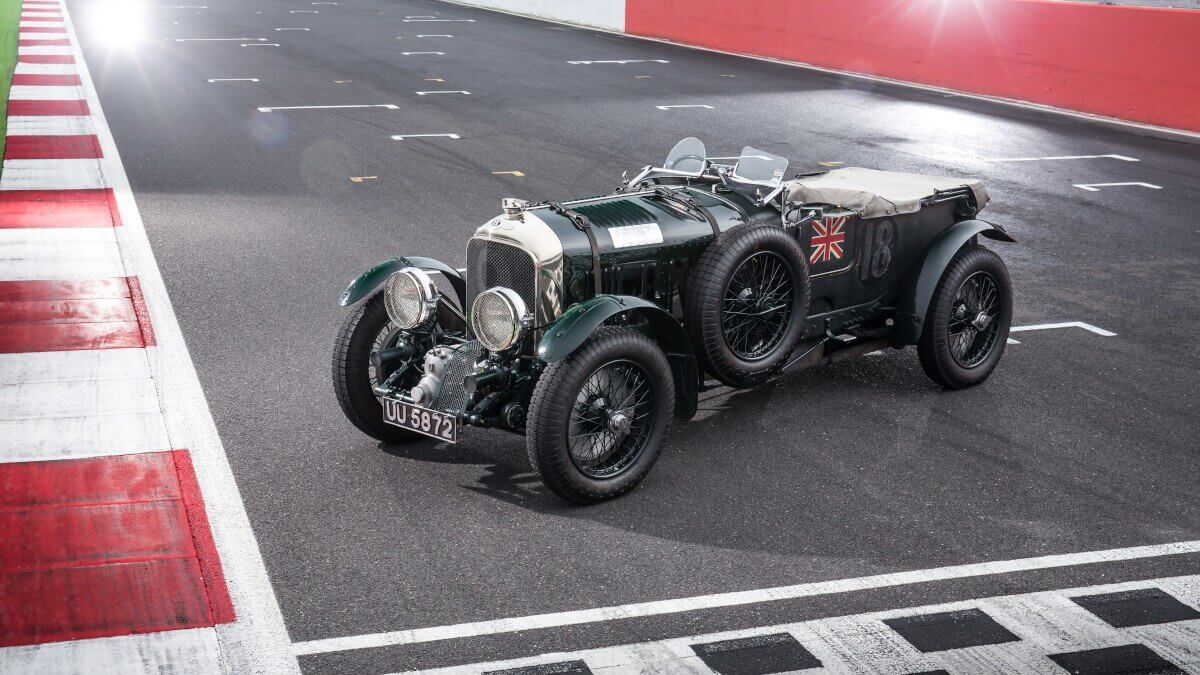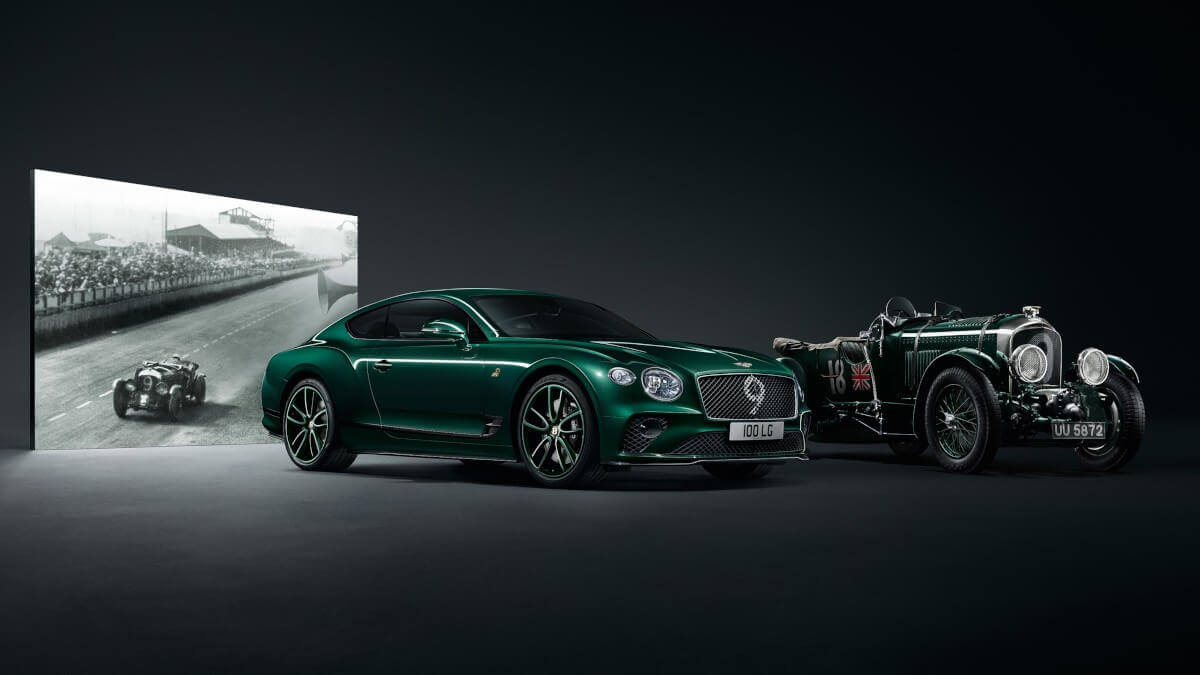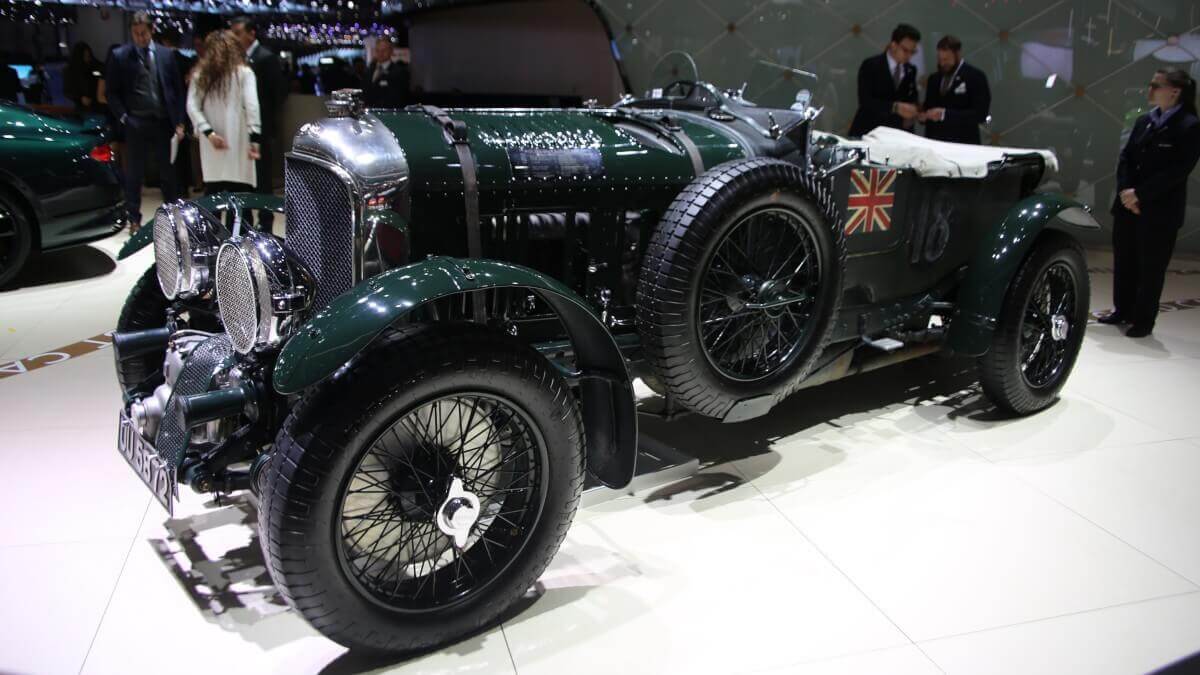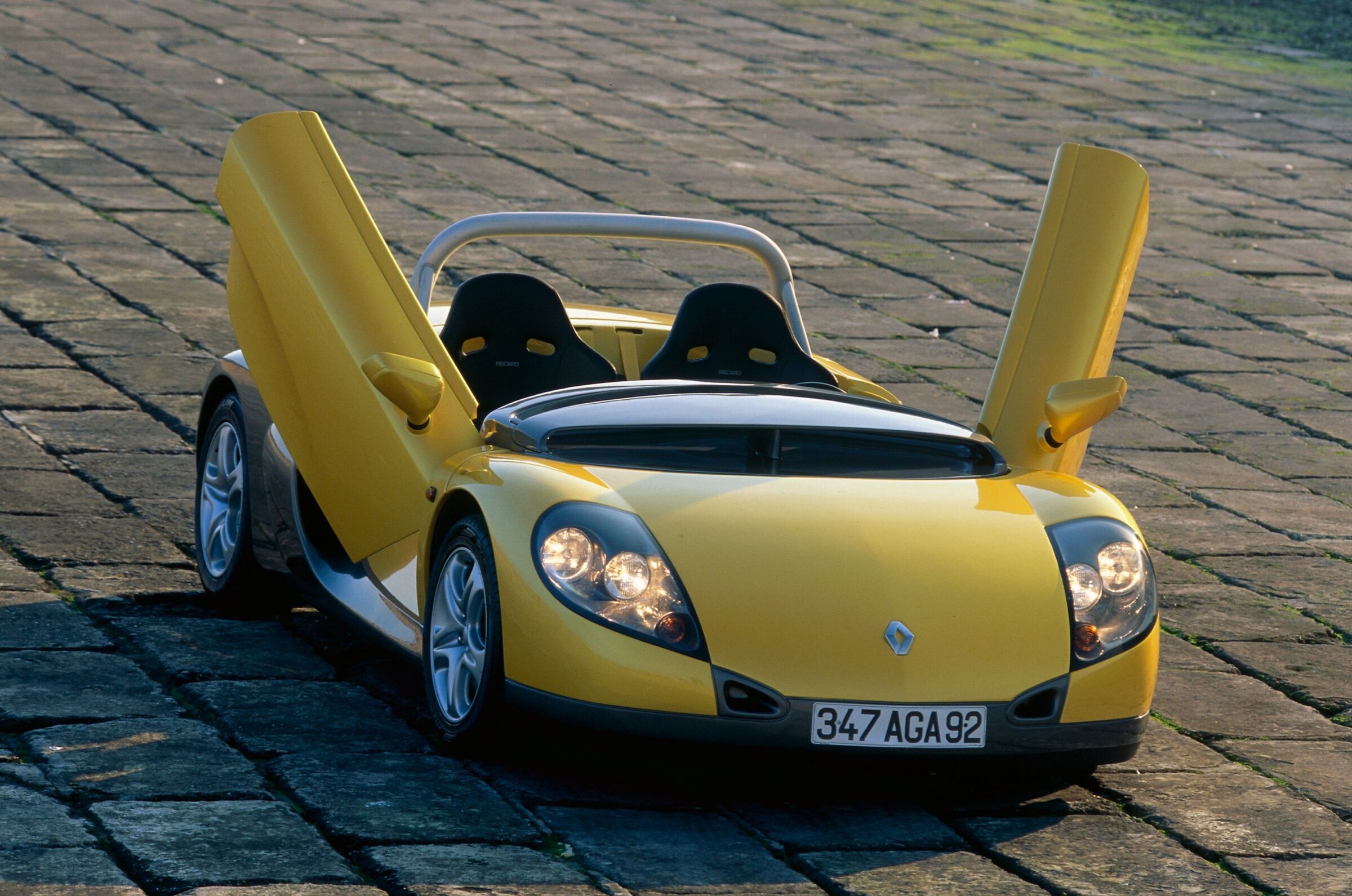Bentley 4.5 Liter Blower
If there is one saying from Walter Owen Bentley, which is known to this day, then probably this: “Displacement is irreplaceable, except by more displacement!” Following this motto, he and his team worked on both the road vehicles and the race cars of Bentley, the company he founded exactly 100 years ago in Cricklewood. At the end of the 1928 racing season it became clear, that the previously used 4½-Liter Bentley wouldn’t be competitive in the following year. As a result, the engineers continued to develop the straight-six engine further and increased it to 6½ liters. Successful, as the Speed Six racecars won the 24 Hours of Le Mans in 1929 and 1930.
The former factory racing drivers were known as ‘The Bentley Boys’, from today’s perspective a group of rich gentlemen with a heavy right foot. One of them was Sir Henry ‘Tim’ Birkin. He didn’t really liked the idea of bigger engines as they also weighed more. Instead, he asked the technicians about using the then relatively new superchargers to compress the intake air of the 4½-Liter model. Funded by Dorothy Paget, he converted his own 4½-Liter with a Roots supercharger in his own initiative. At this time, the company no longer belonged to W.O. Bentley due to financial problems, but to another Bentley Boy, Woolf Barnato, who might be known to some readers for his famous race against ‘The Blue Train’. To the disfavor of the company founder – “to supercharge a Bentley engine was to pervert its design and corrupt its performance” – Barnato made five copies of the Bentley 4½-Liter Supercharged for Birkin, who used them in different racing events. To comply with the racing regulations of the time, also 50 street-legal versions were built.
















By installing the supercharger, the engine power of the 4½-Liter engine increased from 110 to 175 hp. One copy of the Blower was later prepared for the use on the outer-circuit of Brooklands with its banked corners, using a single-seater body and a more powerful engine version with 240 hp. Tim Birkin achieved an average speed of 137.9 mph (222 kph) over a full lap, while he was with all four wheels in the air several times due to the poor road conditions.
It wasn’t until some time later that the term ‘Blower’, which is commonly used today, became common for the racecars. Meanwhile, the sale of the road version proved a disaster, as the fuel consumption was much higher and at the same time the important supply of important engine components with oil wasn’t always guaranteed. In addition, bigger racing successes of the Blower were missing. Apart from the fastest lap during the 24 Hour race in Le Mans 1930 and a second place at the Grand Prix of France in Pau in the same year, there wasn’t much more to add to the credit side. Eventually even the price for the road cars had to be reduced from 1,475 to 1,150 GBP to reduce inventories. Today the Bentley Blower models belong to the sought-after collector cars.
Images: Bentley, Matthias Kierse, Kay Andresen




